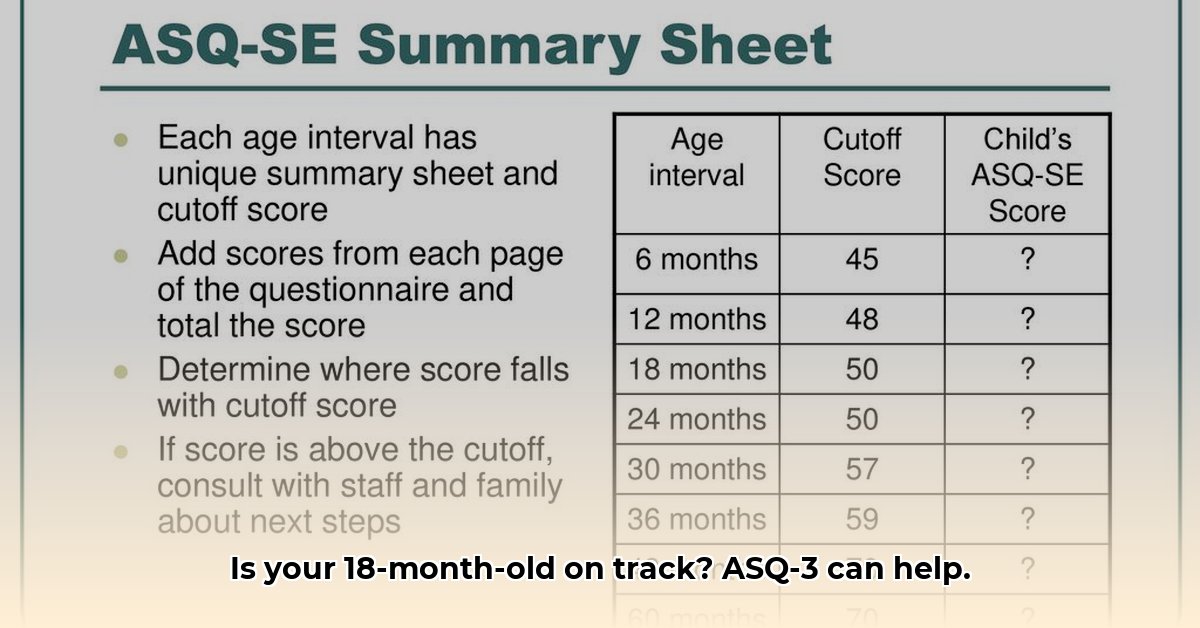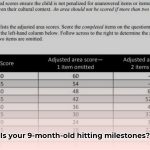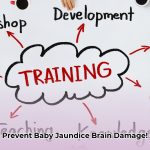Is your little one approaching 18 months old? It’s a thrilling time filled with new discoveries! You’re likely noticing exciting developments every day. But you might also wonder if your toddler’s progress aligns with developmental expectations. The ASQ-3 can help ease those concerns. This guide provides a clear, parent-friendly overview of the ASQ-3 18-month questionnaire, explaining its purpose, administration, and interpretation.
Understanding the ASQ-3 18-Month Questionnaire
The Ages & Stages Questionnaires, 3rd Edition (ASQ-3) isn’t a test, but a helpful tool to understand your child’s developmental journey. The 18-month questionnaire offers a snapshot of your toddler’s progress, highlighting strengths and areas where a little extra support might be beneficial. It’s designed to be parent-friendly, empowering you to participate actively in your child’s development.
What the ASQ-3 Assesses at 18 Months
The questionnaire focuses on five key developmental areas:
- Communication: How your child expresses needs and understands simple instructions. This may include pointing, babbling, and using a few words.
- Gross Motor Skills: Larger movements like walking, climbing, and kicking a ball. These skills are important for physical exploration and independence.
- Fine Motor Skills: Smaller, more precise movements like stacking blocks, scribbling, and picking up small objects. These skills are essential for everyday tasks.
- Problem Solving: How your toddler explores, understands, and interacts with objects, including simple puzzles and imitating actions.
- Personal-Social Skills: Social interactions and engagement with others, such as playing peek-a-boo, waving, and showing affection.
Administering the ASQ-3: A Step-by-Step Guide
-
Obtain the Questionnaire: Your pediatrician, local early intervention program, or the publisher, Brookes Publishing (agesandstages.com), can provide the ASQ-3.
-
Observe Your Child: Before filling out the questionnaire, observe your child playing and interacting naturally in a familiar environment.
-
Answer the Questions: The questionnaire presents a series of questions related to the five developmental areas. Answer honestly based on your observations. There are no right or wrong answers.
-
Score the Questionnaire: Clear scoring guidelines are included with the ASQ-3. Add up the points for each “yes” answer. Some professionals may use ASQ Online for electronic scoring.
Interpreting the Results
Each developmental area receives a score, placing your child in one of three categories:
-
Above Cutoff: Your child’s development is likely on track for their age in this area. Continue providing a nurturing environment.
-
Monitoring Zone: Your child might benefit from extra attention in this area. Discuss this with your pediatrician, who may suggest activities to support development.
-
Below Cutoff: Further evaluation by a specialist may be beneficial. Your pediatrician can help connect you with the right resources.
What to Do Next
| Score Category | Next Steps |
|---|---|
| Above Cutoff | Continue providing a stimulating environment and regular well-child visits with your pediatrician. |
| Monitoring Zone | Discuss the results with your pediatrician, who may recommend specific activities or resources to support development. |
| Below Cutoff | Consult with your pediatrician or a specialist for a more in-depth evaluation. Early intervention services may be beneficial. |
Frequently Asked Questions
-
How reliable is the ASQ-3? The ASQ-3 is a well-respected screening tool, but it’s important to remember it’s not a diagnostic test. It helps identify potential areas to explore further with your pediatrician.
-
What if I disagree with the results? Trust your parental instincts! Discuss any concerns with your pediatrician, who can provide a different perspective and further assessment.
-
Do I need a professional to administer the ASQ-3? You can complete the questionnaire at home. However, discussing the results with your pediatrician is recommended for personalized guidance.
Additional Resources
- American Academy of Pediatrics (AAP): https://www.healthychildren.org/
- Centers for Disease Control and Prevention (CDC): https://www.cdc.gov/ncbddd/childdevelopment/index.html
- Brookes Publishing (ASQ): agesandstages.com
[!NOTE]
The ASQ-3 is copyrighted by Brookes Publishing Co., Inc. This guide is for informational purposes only and does not substitute professional medical advice. Always consult with a healthcare provider for any concerns regarding your child’s development. Developmental milestones are not absolute markers, and individual variation is expected. While the ASQ-3 offers valuable insights, it should be considered alongside other observations of your child’s behavior and abilities. This information reflects current understanding, but ongoing research may lead to adjustments in developmental guidelines.
- Hydroelectric Turbine for Sale for Clean and Renewable Energy - December 21, 2025
- Hydro Turbine for Sale Offers Clean Energy Solutions for Homes - December 20, 2025
- Hydropower Supplement Crushes Arm Pump and Cramping in Motocross - December 19, 2025
















